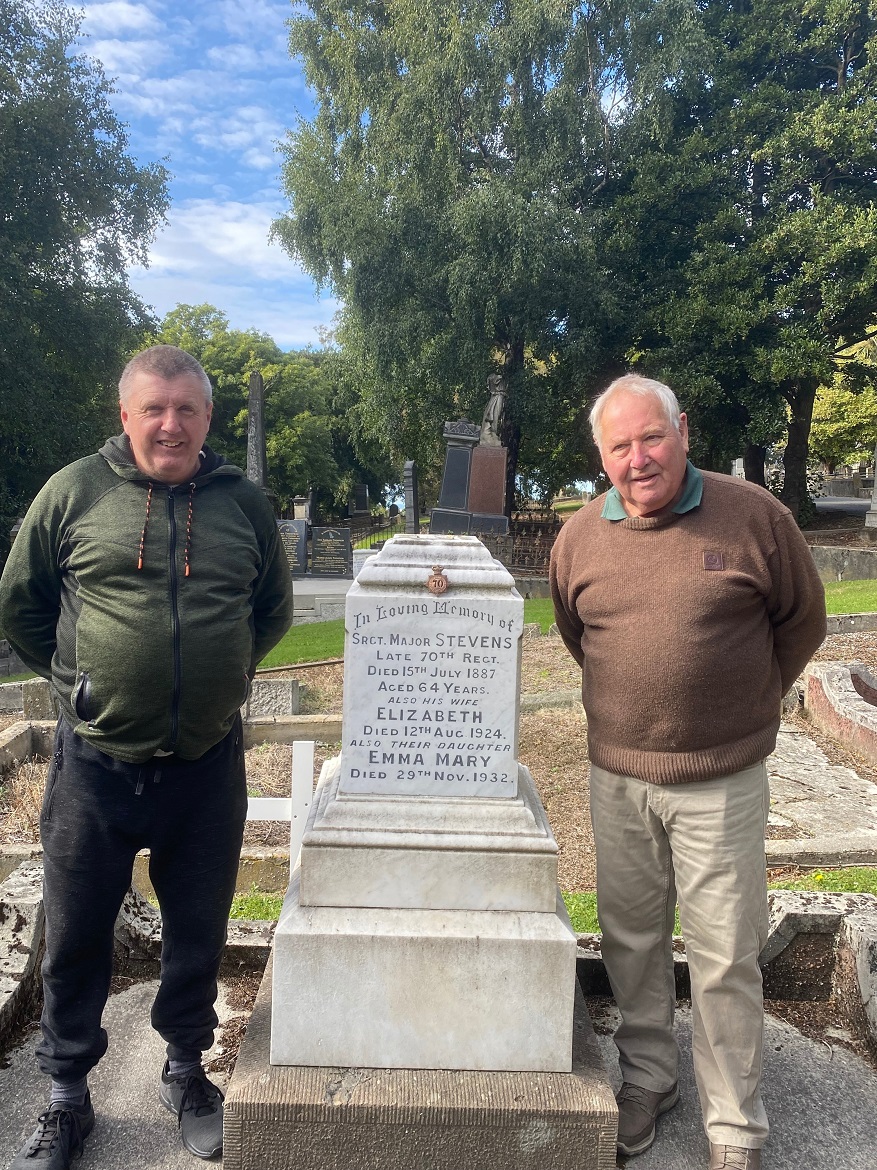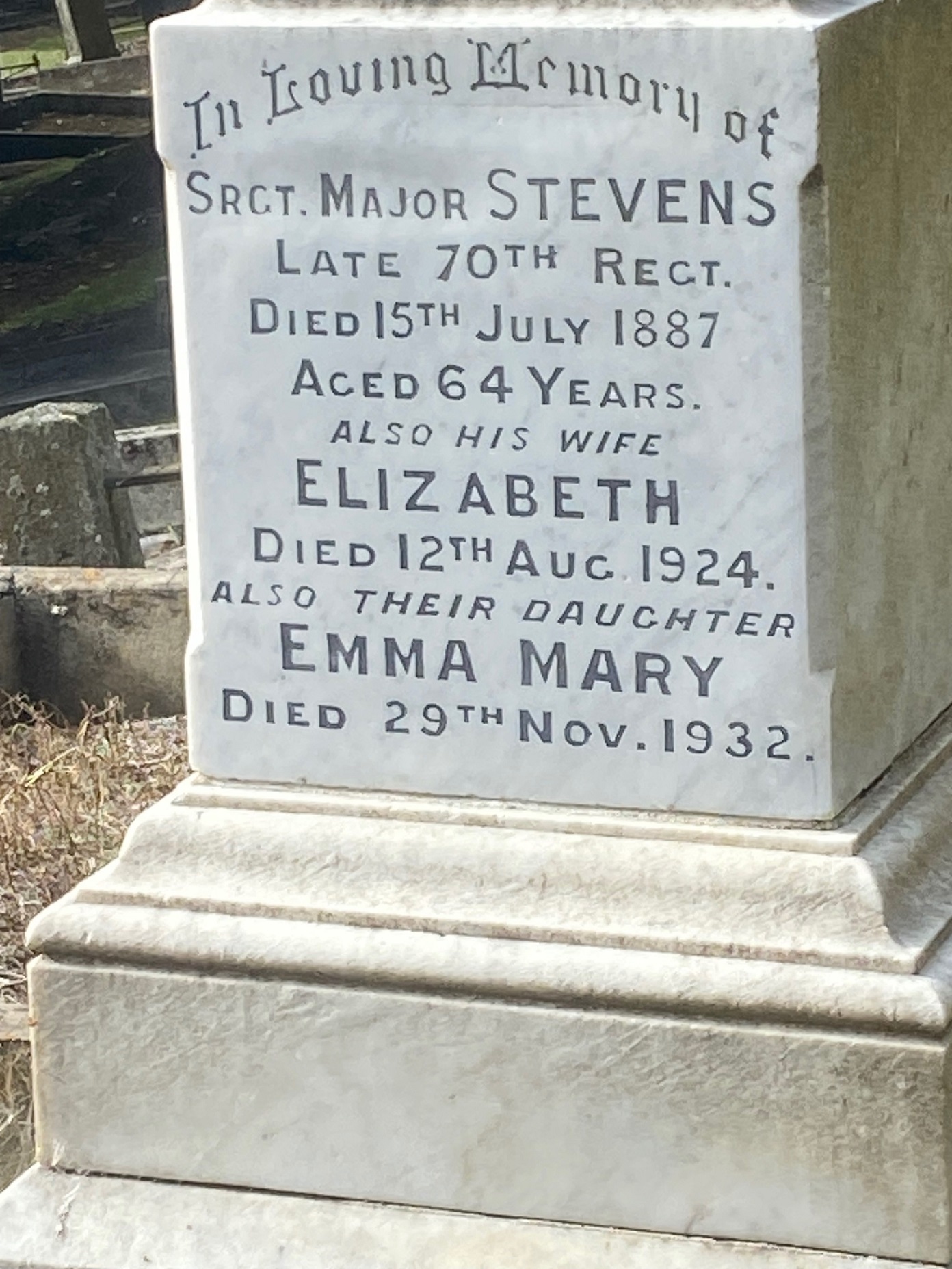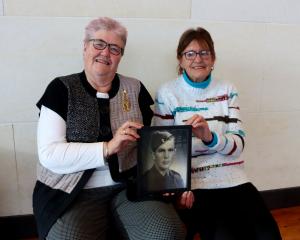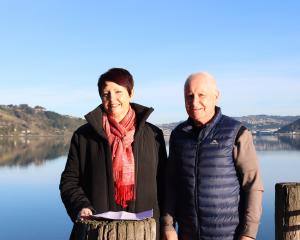
Sergeant Major John Stevens, who died on July 15, 1887, was a family man, buried with his wife Elizabeth (died August 12, 1924) and their daughter Emma Mary (died November 29, 1932).
He was also a soldier of the 70th East Surrey Regiment, known as the 70th Foot, which was sent here to fight in the New Zealand Wars.
Sgt Maj Stevens was part of a company of soldiers deployed to Dunedin for the purpose of providing security for gold shipments from Gabriels Gully.
Otago Military History Group member Peter Trevathan said information was hard to find about the detachment of 70th Foot soldiers stationed at Littlebourne in Dunedin.
"We know that they didn’t actually provide security for gold shipments, but instead spent most of their time building roads and guarding the treasury," he said.
"They also played a lot of cricket and went to a lot of social functions."
Most remarkably, 30 of the soldiers deserted in full uniform, including the company’s 10-year-old drummer boy.
Five eventually settled in Dunedin.
Sgt Maj Stevens left the city for a time, then returned as an instructor for the Dunedin City Guards, spending the rest of his career in that role.

As his daughter Emma Mary Stevens worked as a school teacher and had no children, the net was being cast wider in the hopes of finding relatives who may have more information about Sgt Maj Stevens.
"We are also looking for anyone who has information about the 70th Foot and its time in Dunedin."
The 70th East Surrey Regiment had a long history of deployment all over the world, including the American Revolutionary War.
It was brought to New Zealand in 1861 for service in the New Zealand Wars and took part in a skirmish at Rangiaohia in February 1864, during the invasion of the Waikato.
It was one of only two imperial regiments to come to the South Island, and moved the furthest south.
"It is a unique part of Dunedin and New Zealand’s history, that there were imperial troops stationed here during the land wars," Mr Kellas said.
"It would be really good to learn more about them."
The Dunedin Military History Group has a busy year ahead, tackling a variety of projects, including working on the World War 1 memorial archway at Caversham School.
Relatives, or people with information are welcome to phone 027501-8224 or email peterbond58@hotmail.co.nz














